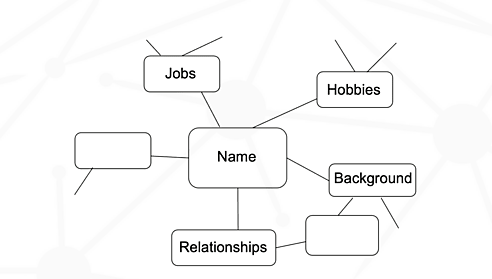Learning Objectives
- Brainstorm individually and collectively to find out who we are and what matters to us and to others.
- Reflect on what makes us who we are in relation to a text given.
- Identify and analyze various roles that play in different aspects of students’ lives.


